New research from veteran earth scientist David Hughes concludes that the Trans Mountain pipeline expansion project makes no financial sense. In fact, Alberta heavy oil producers can expect to lose money on every barrel of oil they produce and move through TMX.
Contrary to claims that bringing heavy oil to tidewater for export to Asia will fetch a higher price than in U.S. markets, Hughes’ report for the Corporate Mapping Project shows that when TMX is completed, Alberta heavy oil producers could lose $4 to $6 on every barrel of oil they sell. Higher transportation costs, lower market prices and a lack of oil refining capacity in Asian markets where TMX’s unrefined heavy oil might sell are key reasons why the project is a money-loser.
The TMX project essentially involves running a new pipeline parallel to the old one, tripling the volume of heavy oil that could be moved from Alberta to Burnaby and the Port of Vancouver. And parallel to the project’s sad financial prospects is another equally disturbing tale: that of the profound ecological and cultural threats posed by TMX.
To shed light on that story, the Corporate Mapping Project asked Garth Lenz — an award-winning photographer who has spent decades documenting the ecological and climatic impacts of the fossil fuel industry — to explore the rich and varied landscapes that would be threatened by pipeline construction.
Several flights over those lands left Lenz humbled at what he saw.
The swath of land that this pipeline would pass through is uniquely beautiful, dramatic and rare and not something to be taken for granted or put at risk for such dubious gains as have been claimed by the fossil fuel industry and Canadian and Alberta governments. — Garth Lenz
His photographic journey begins here.
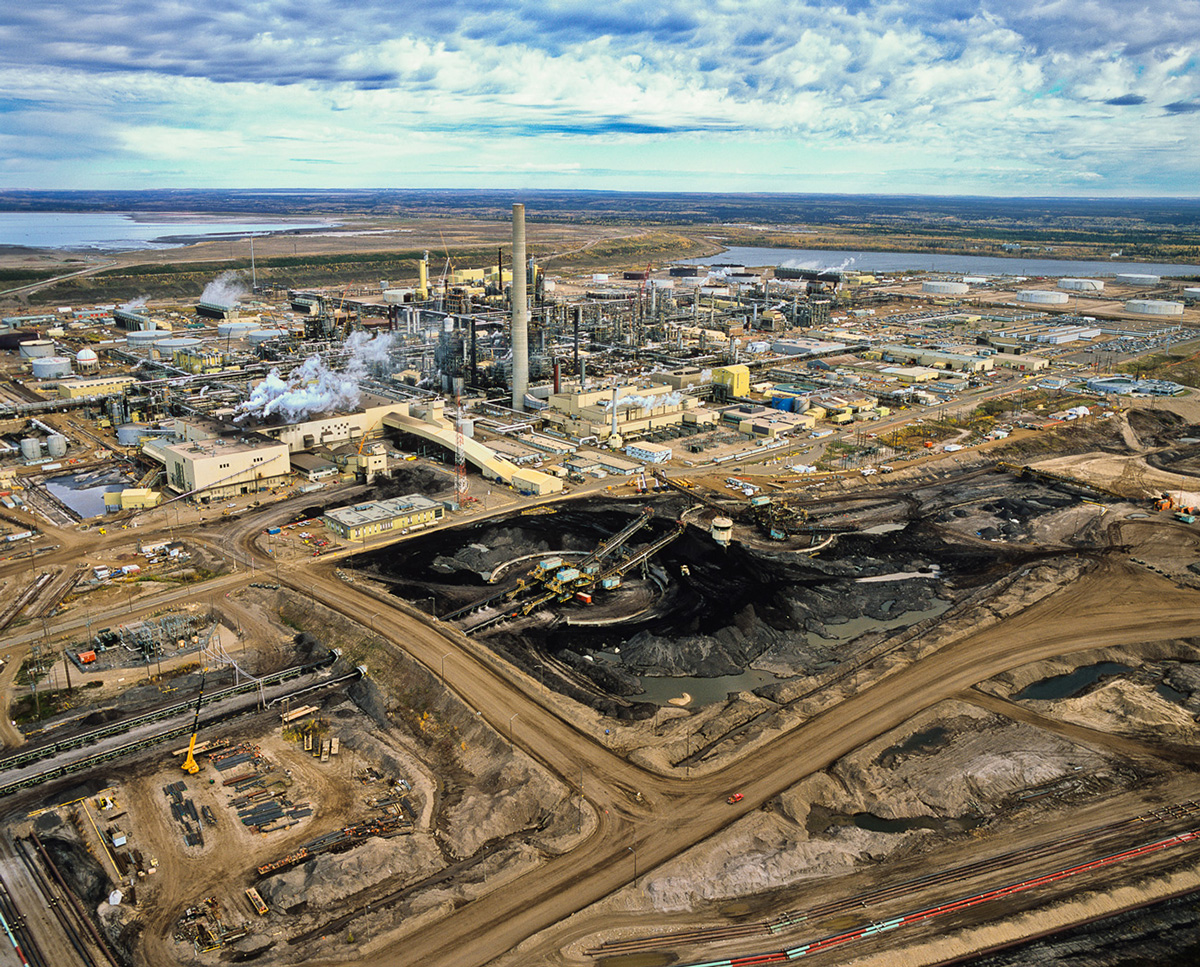
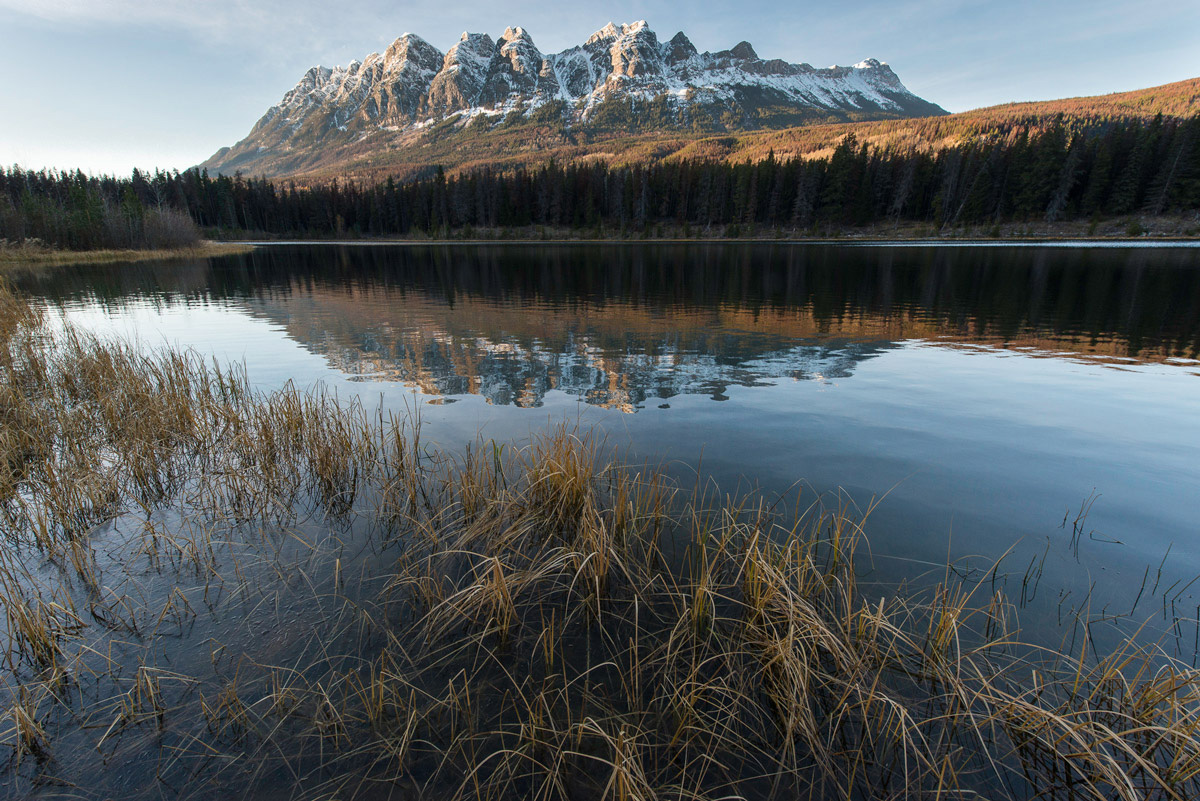
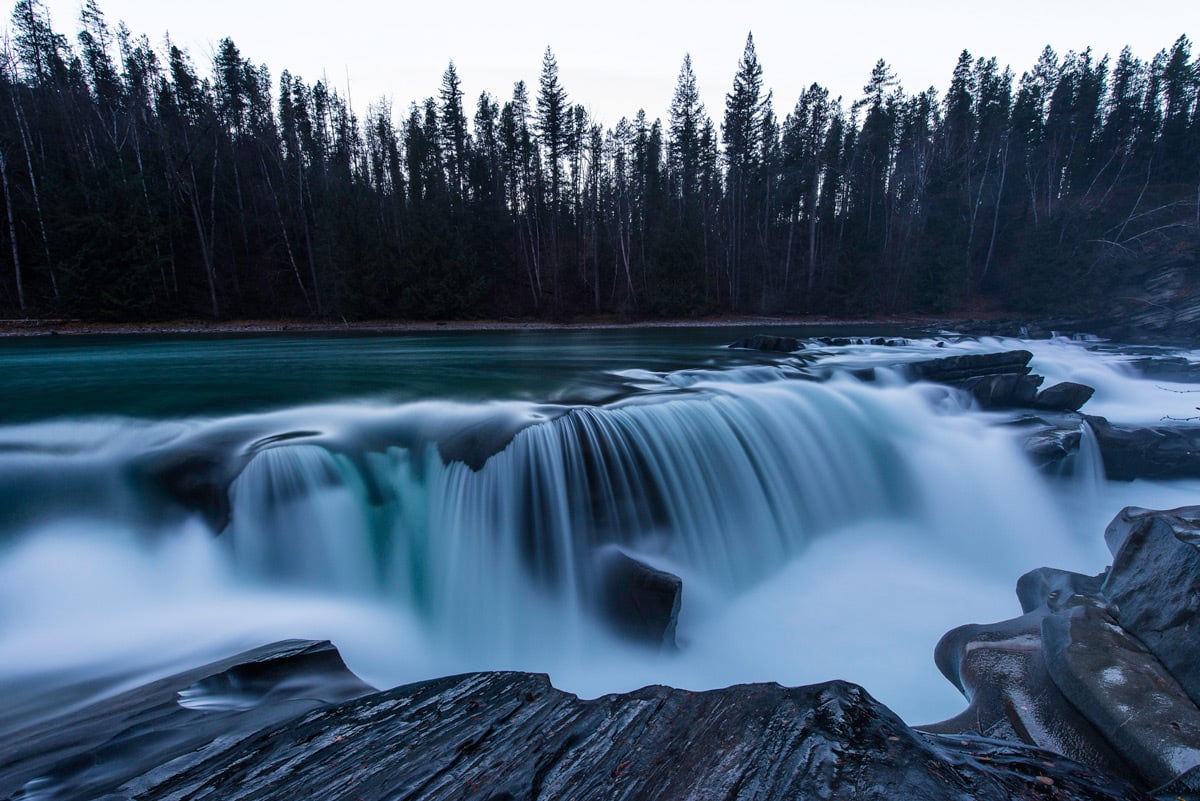
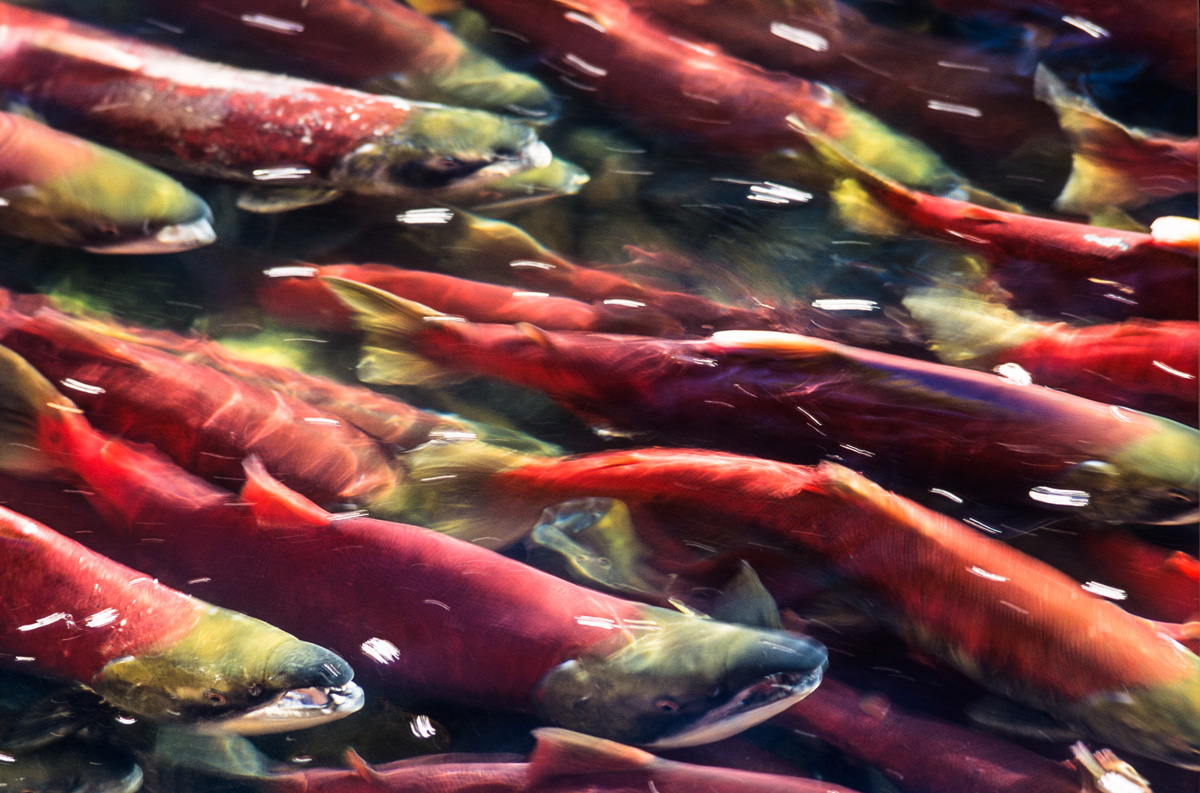
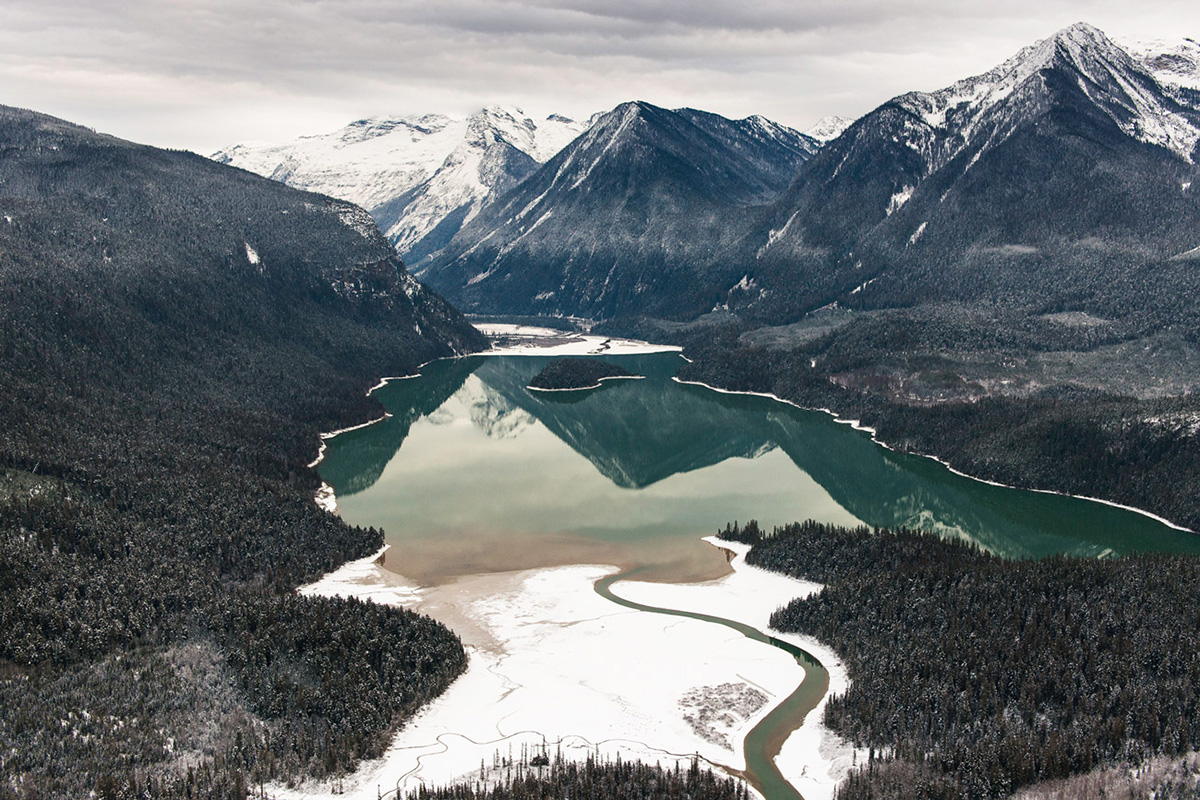
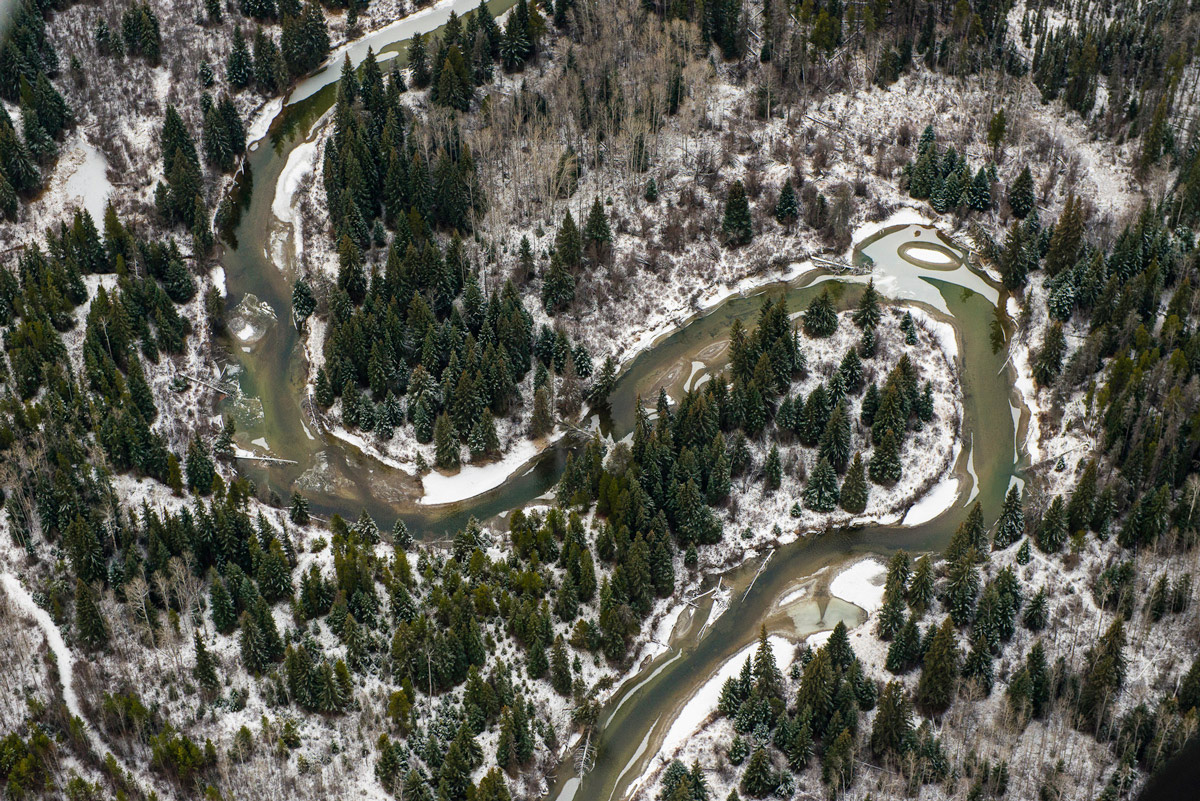
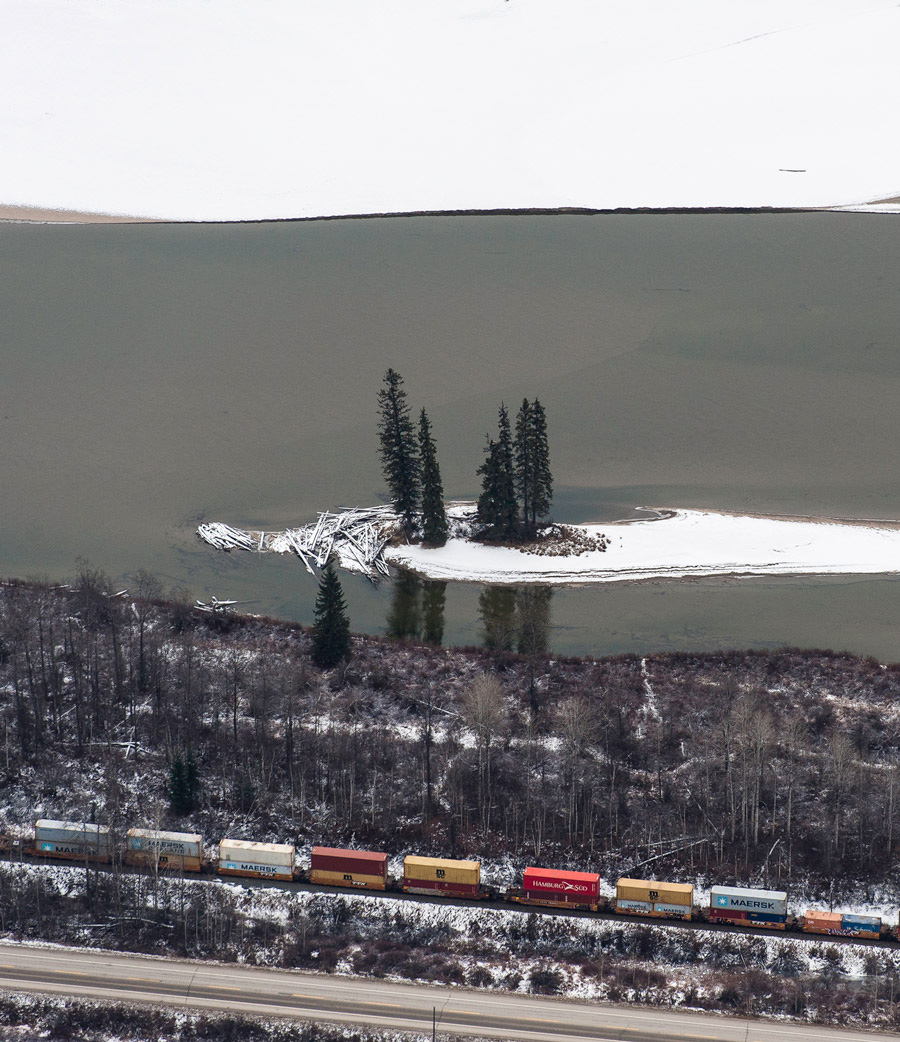
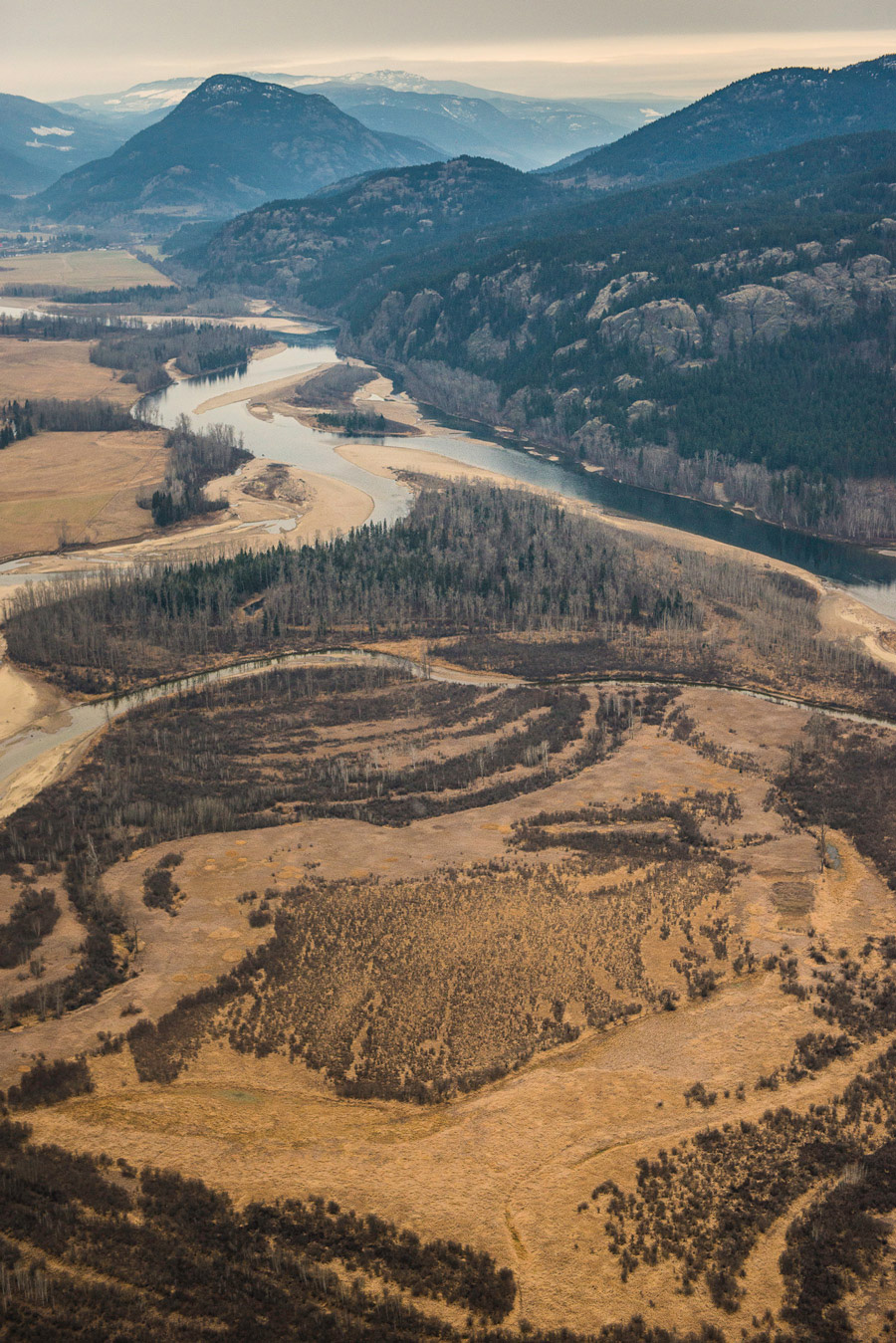
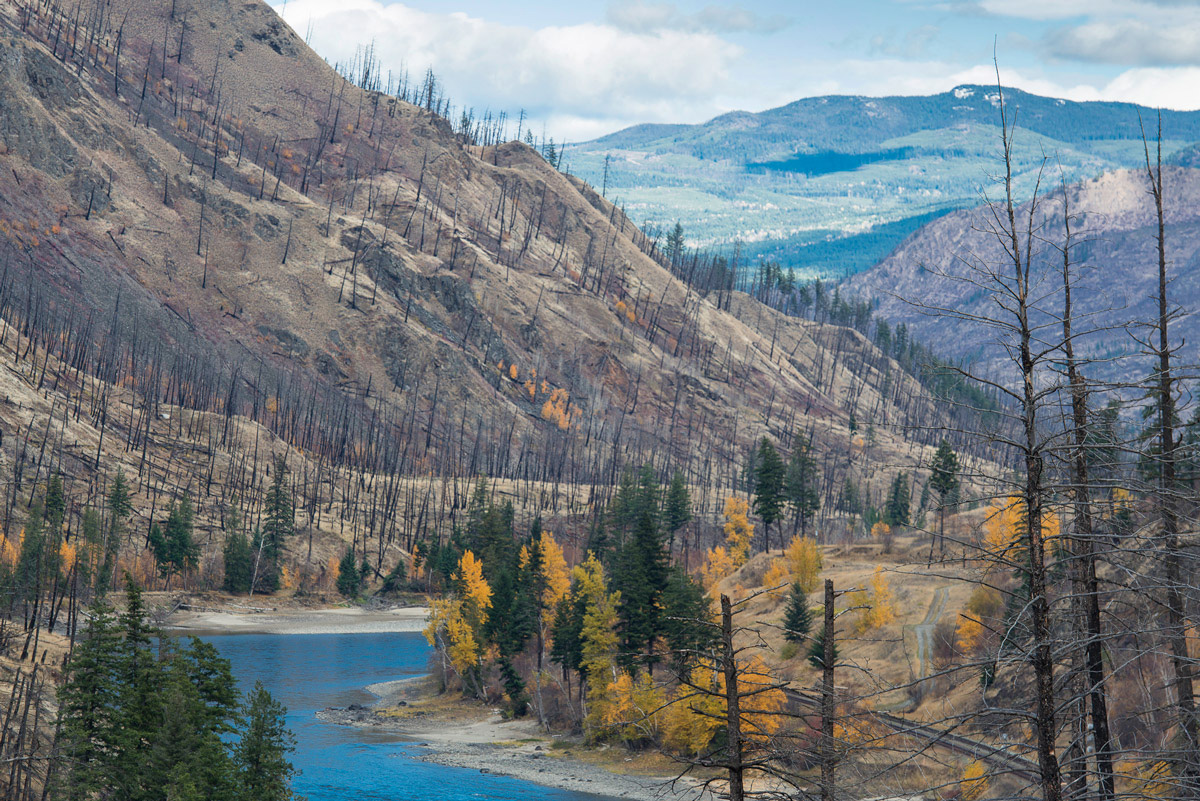
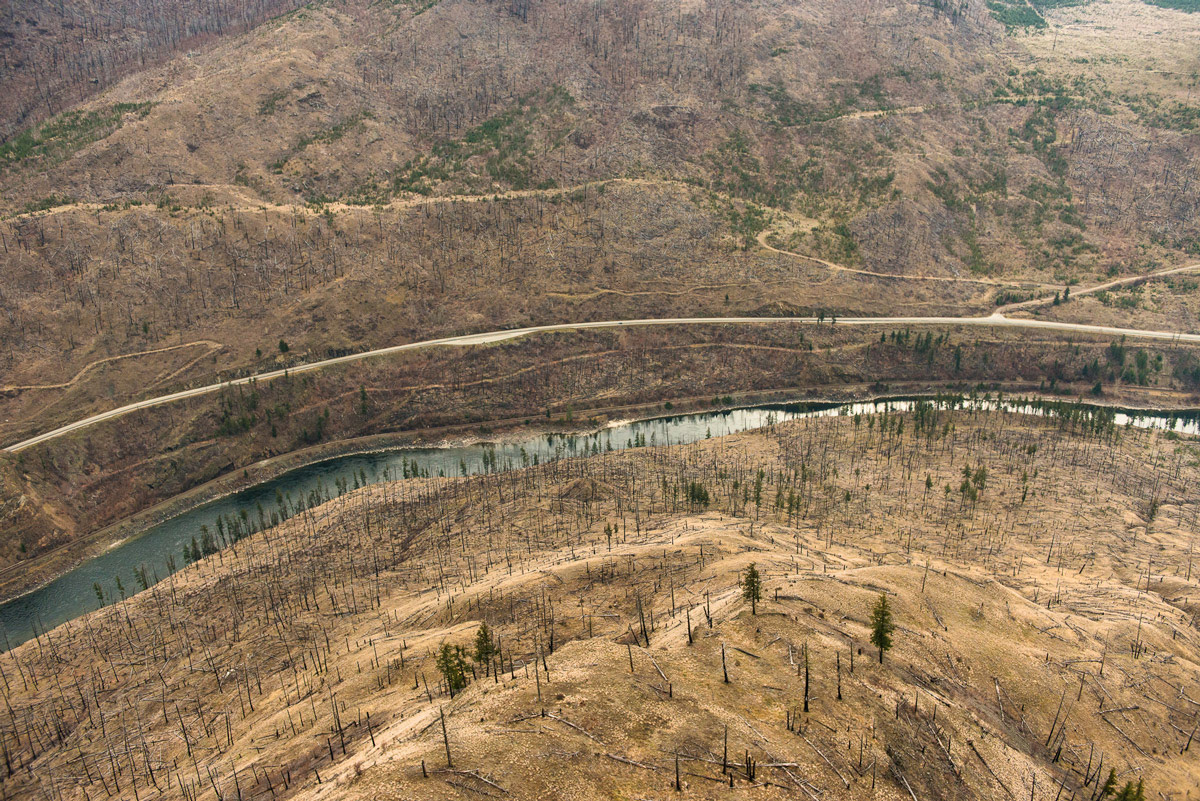
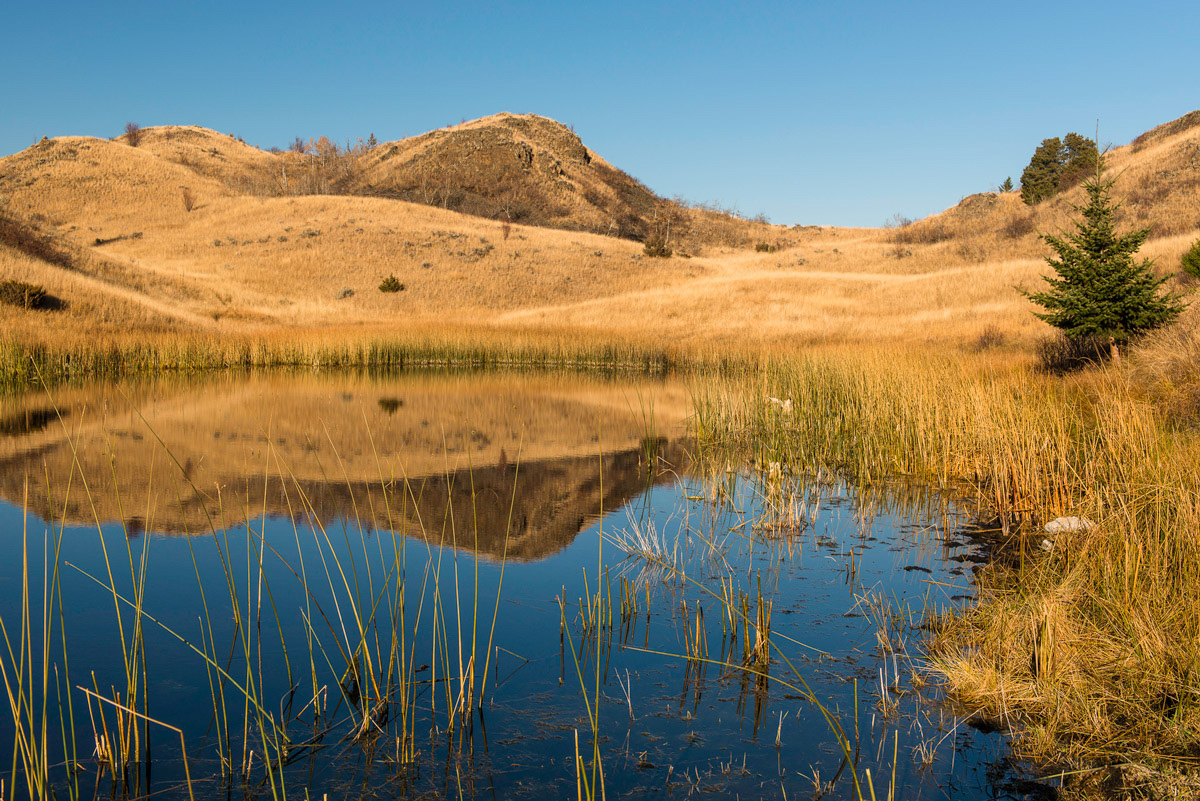
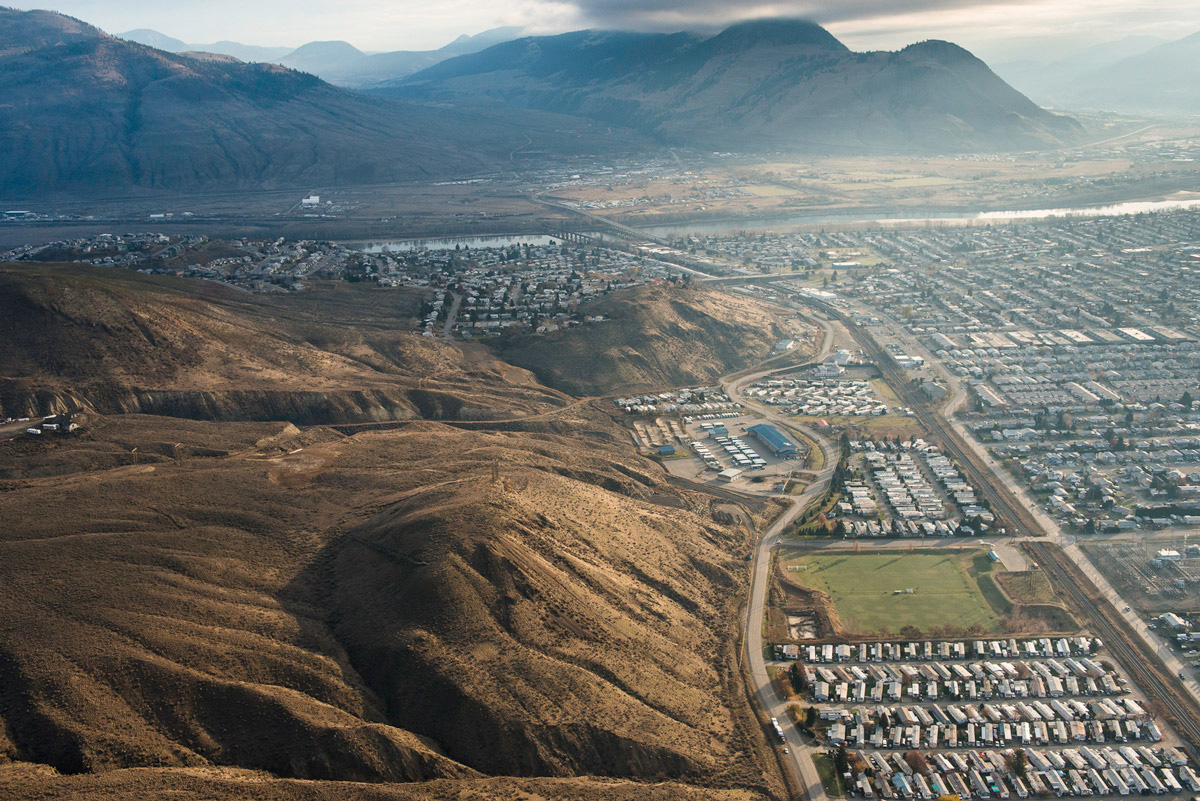
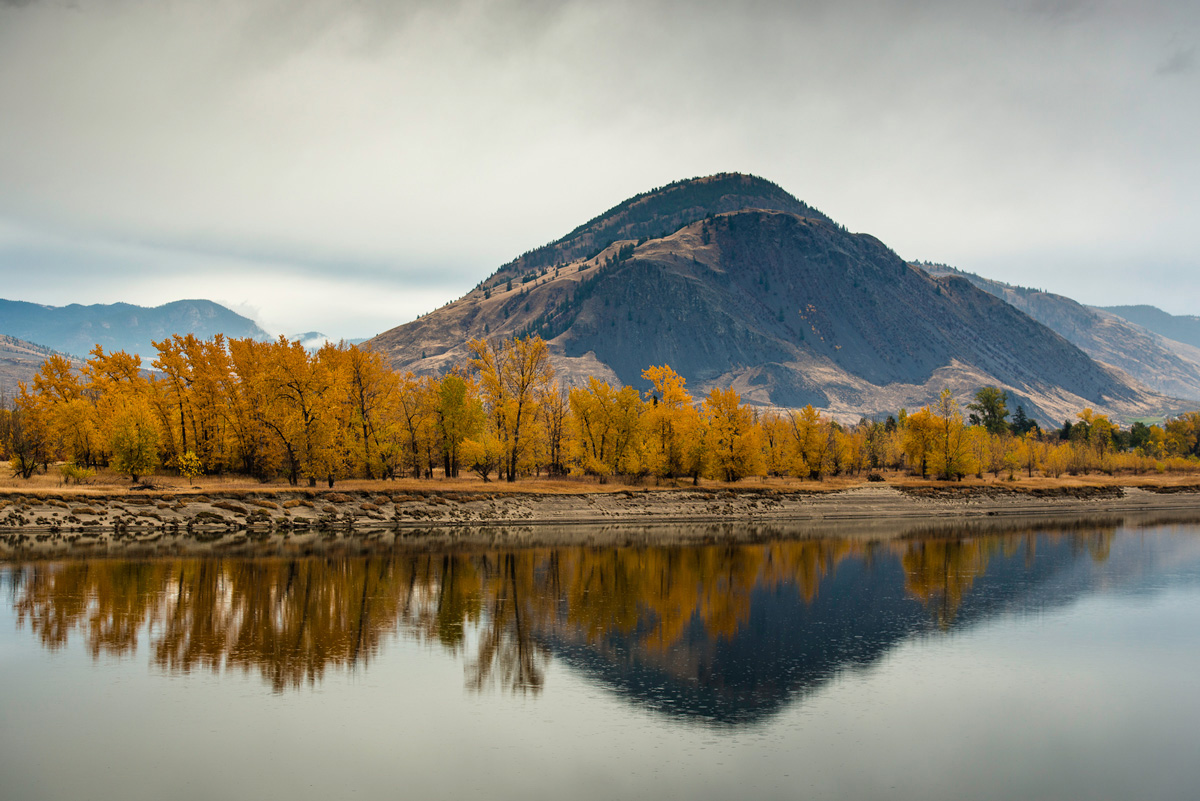
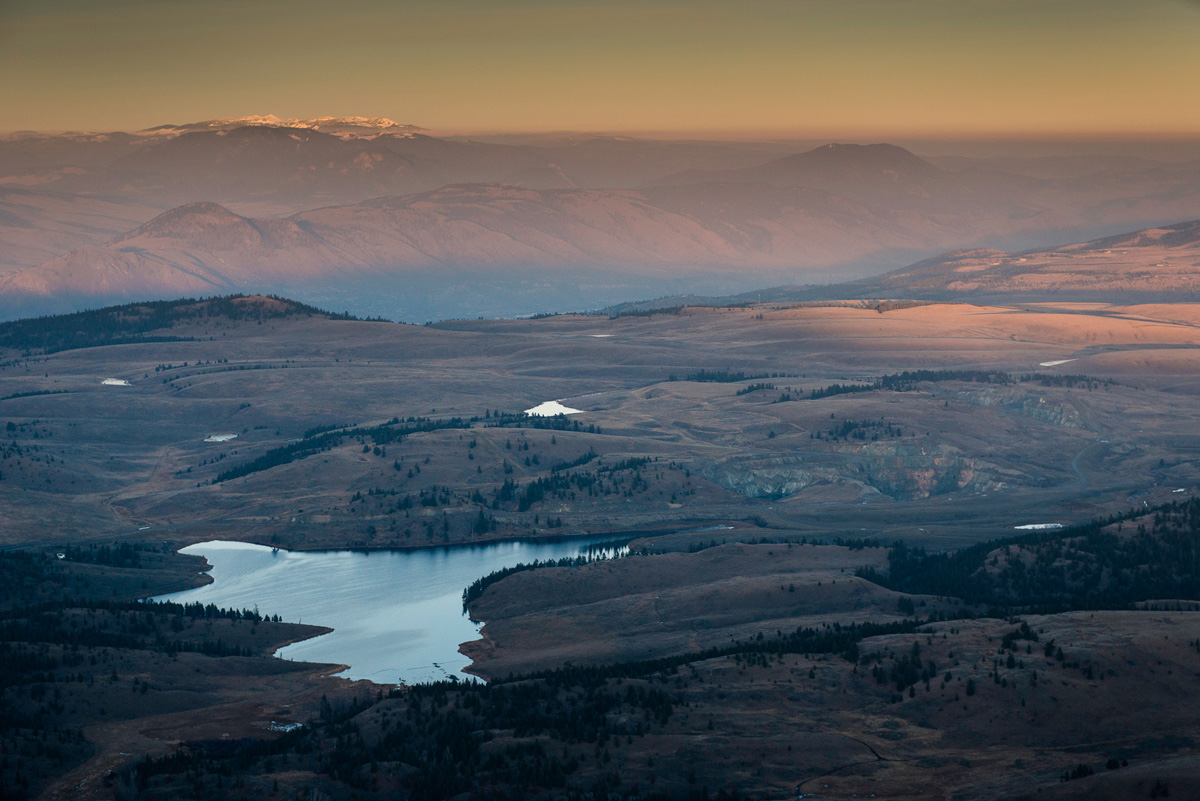
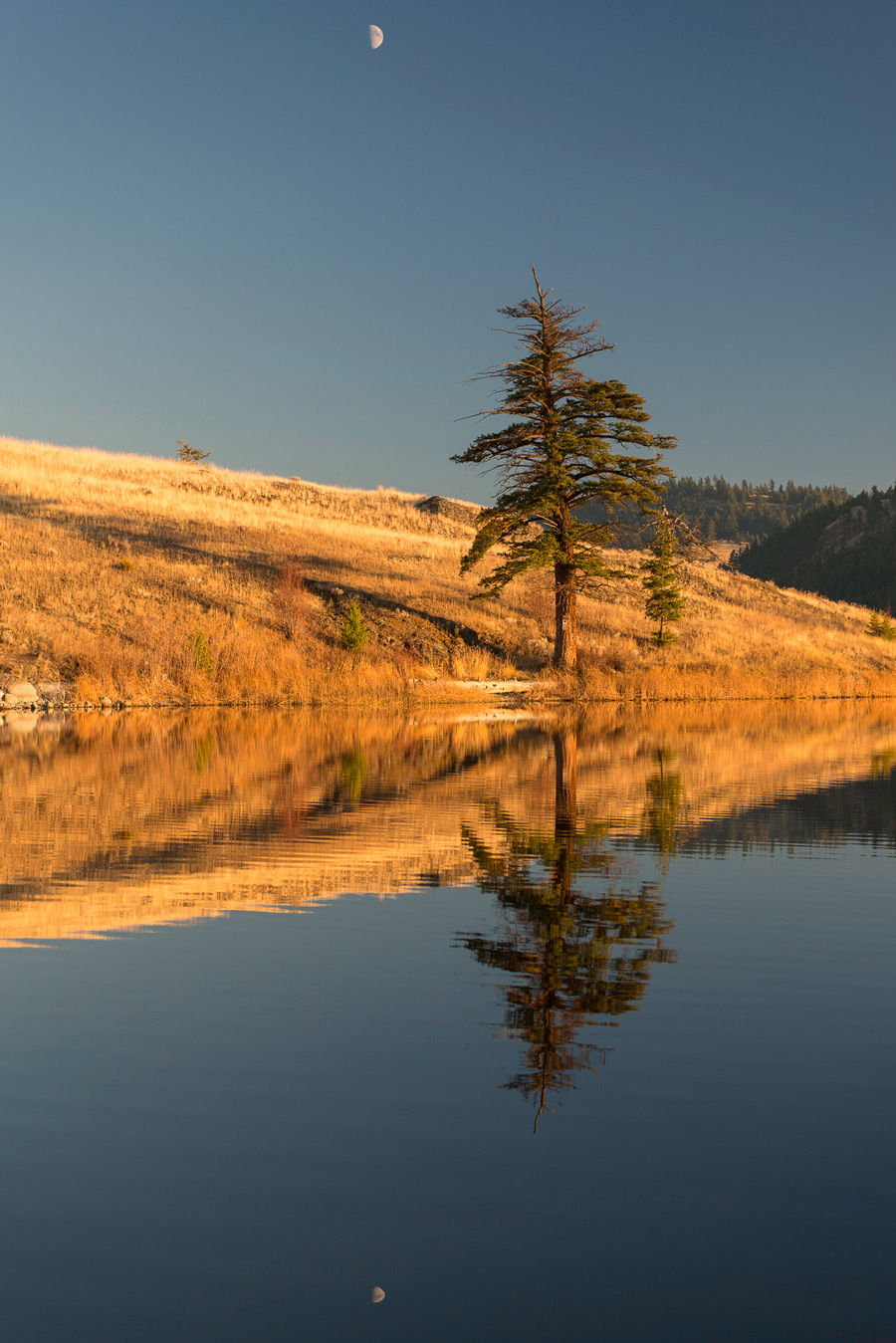
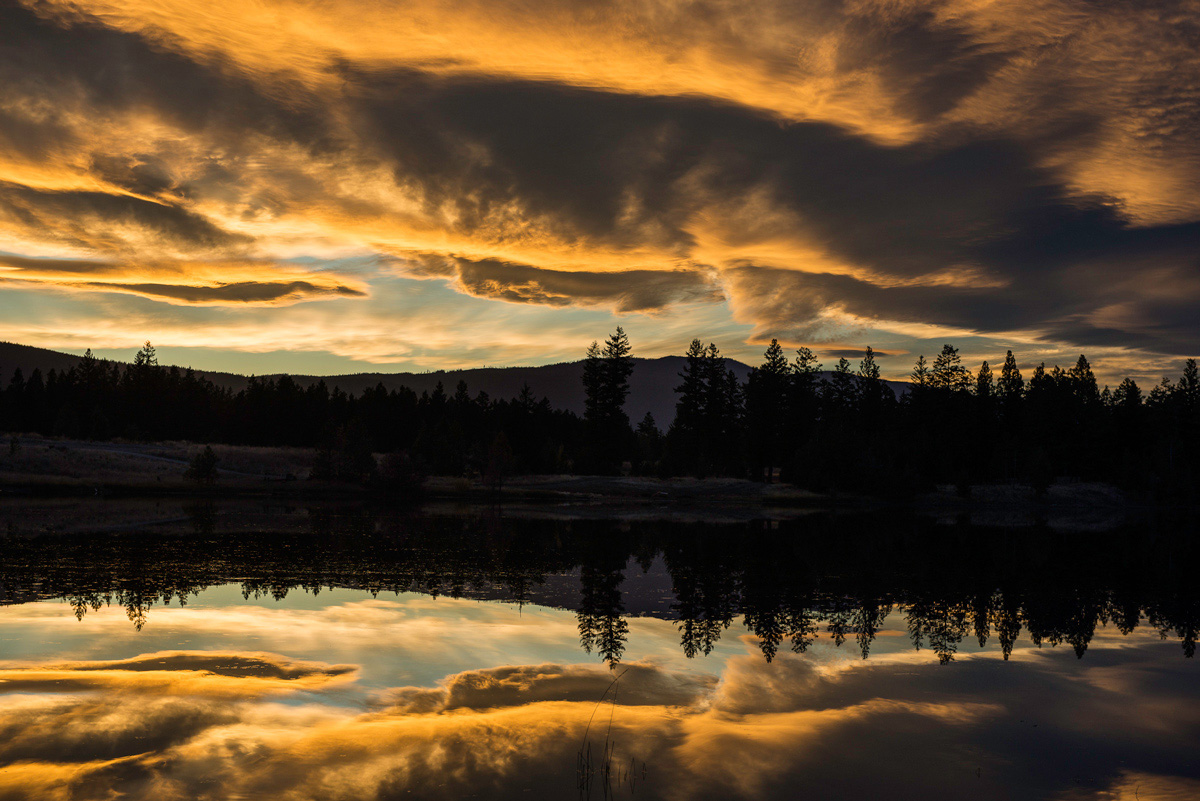
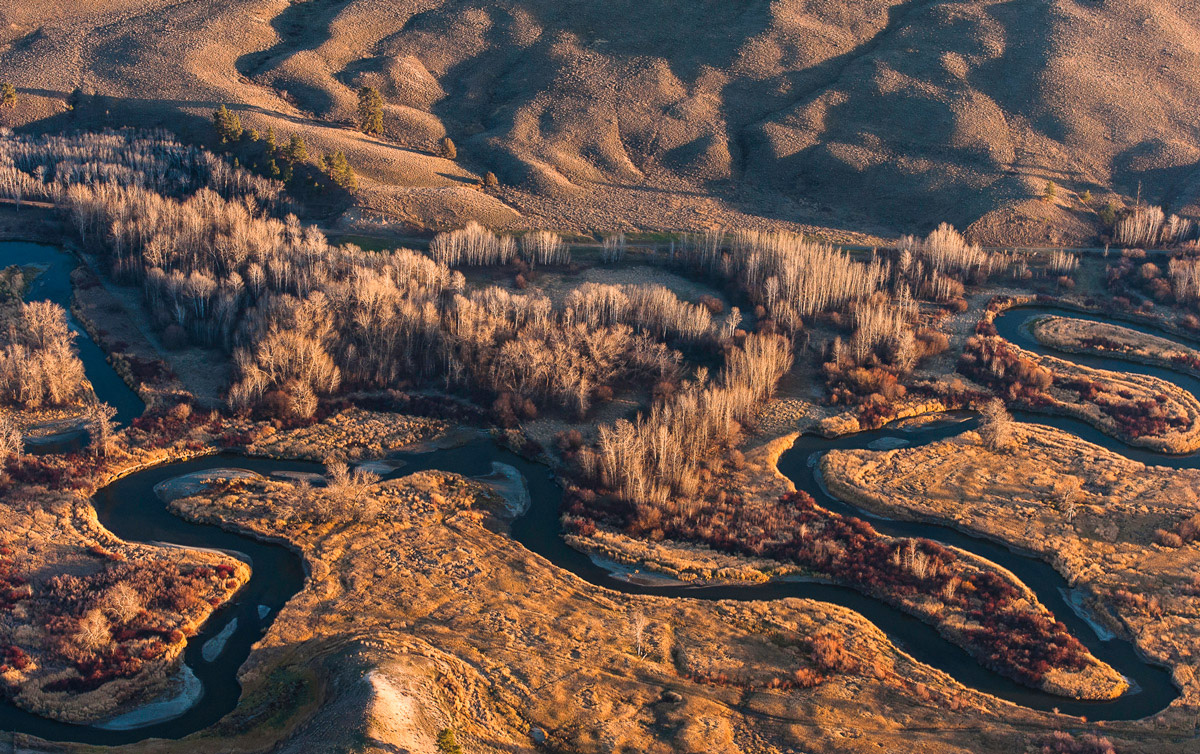
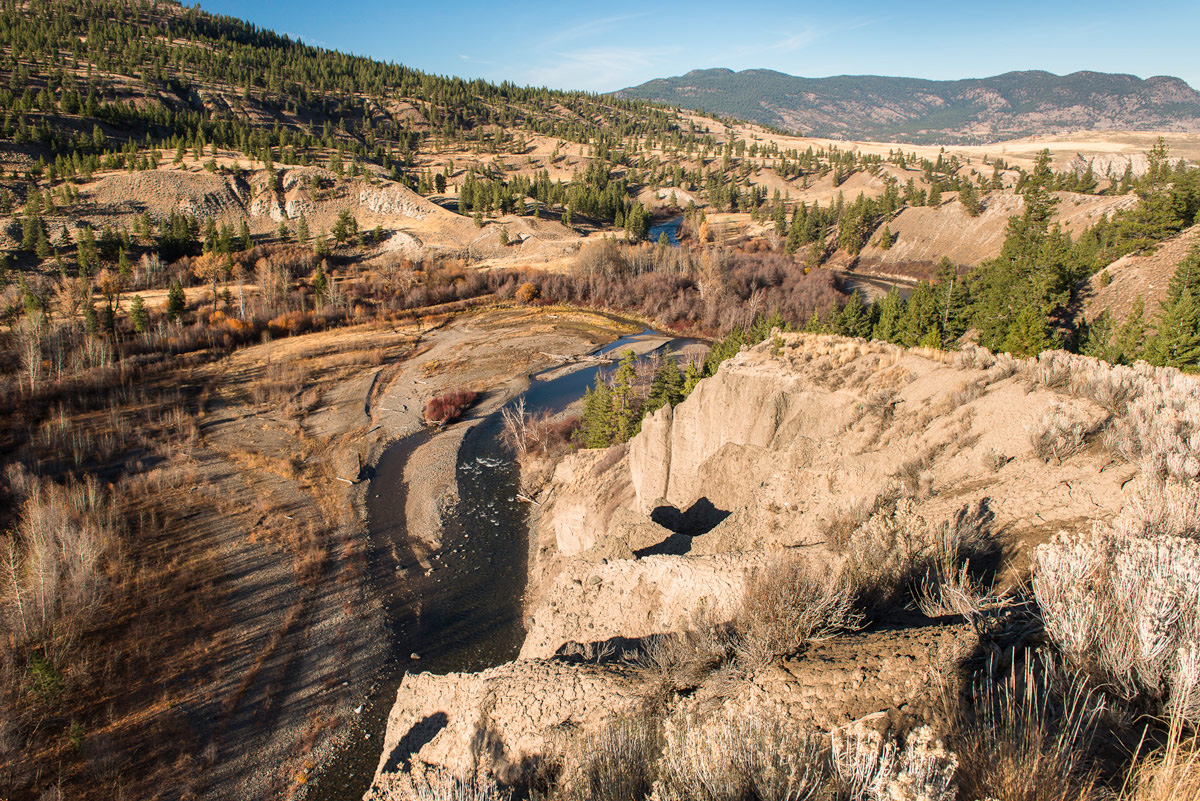
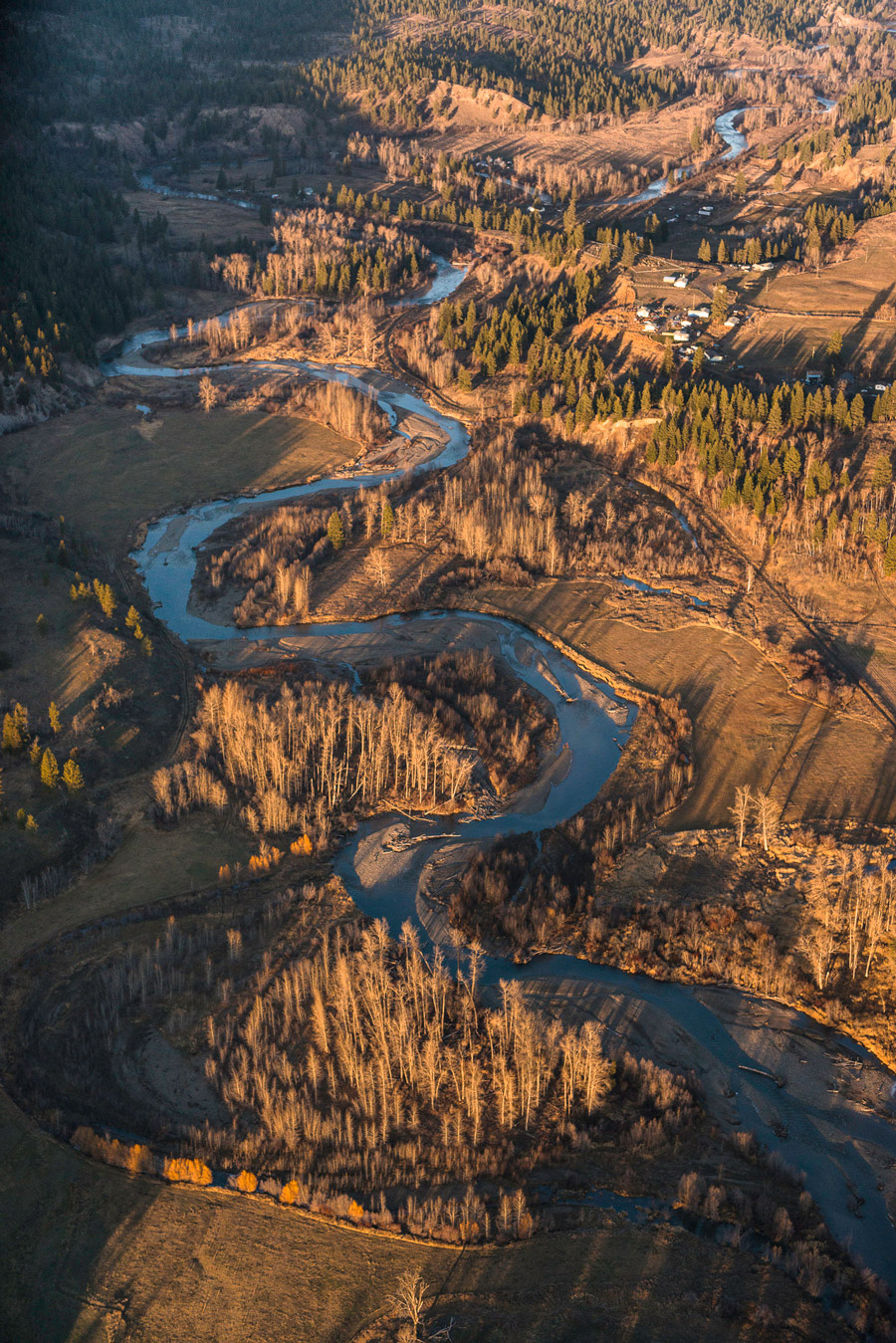
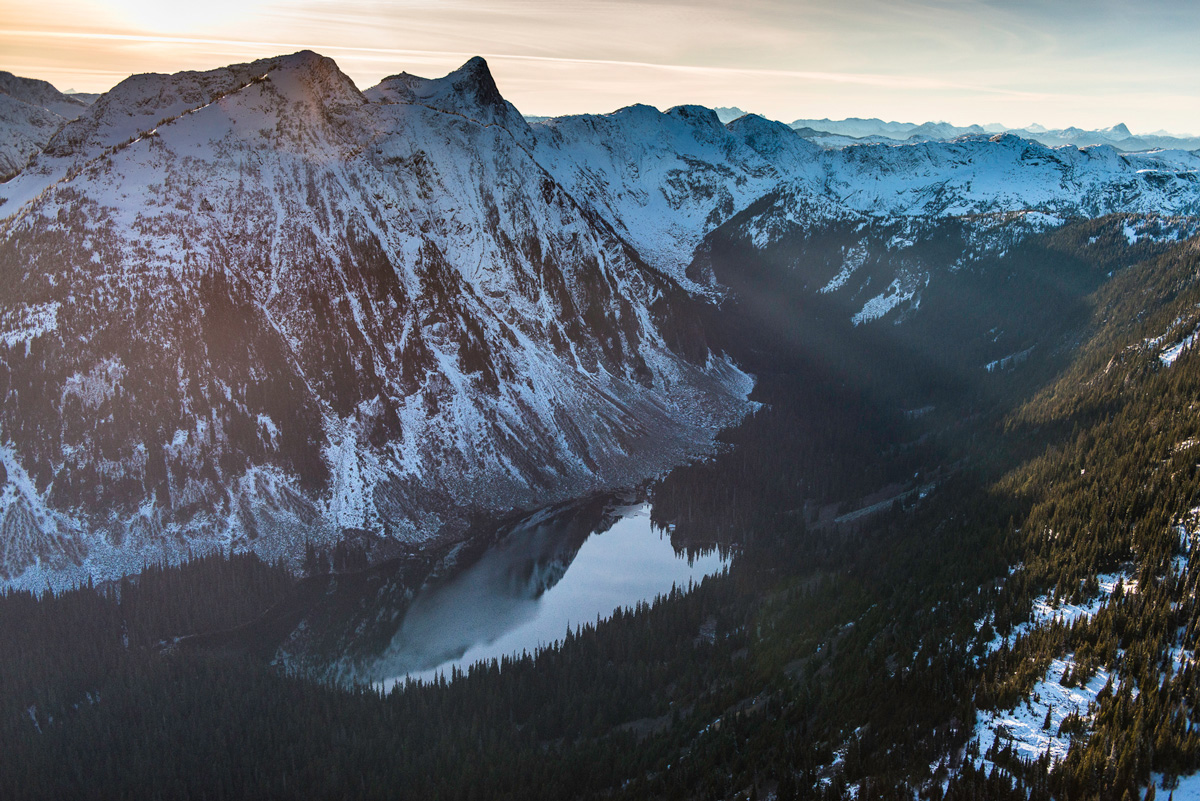
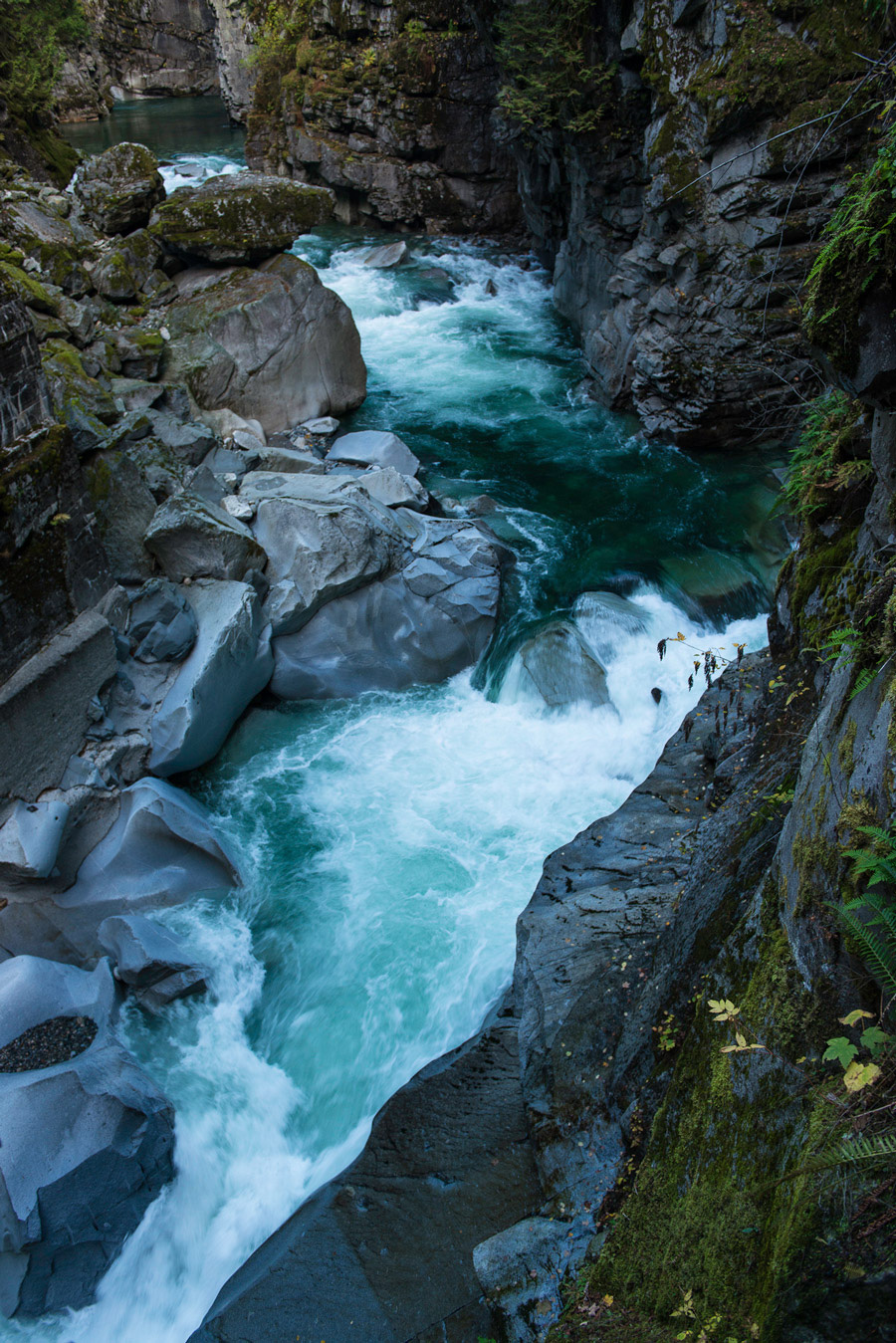
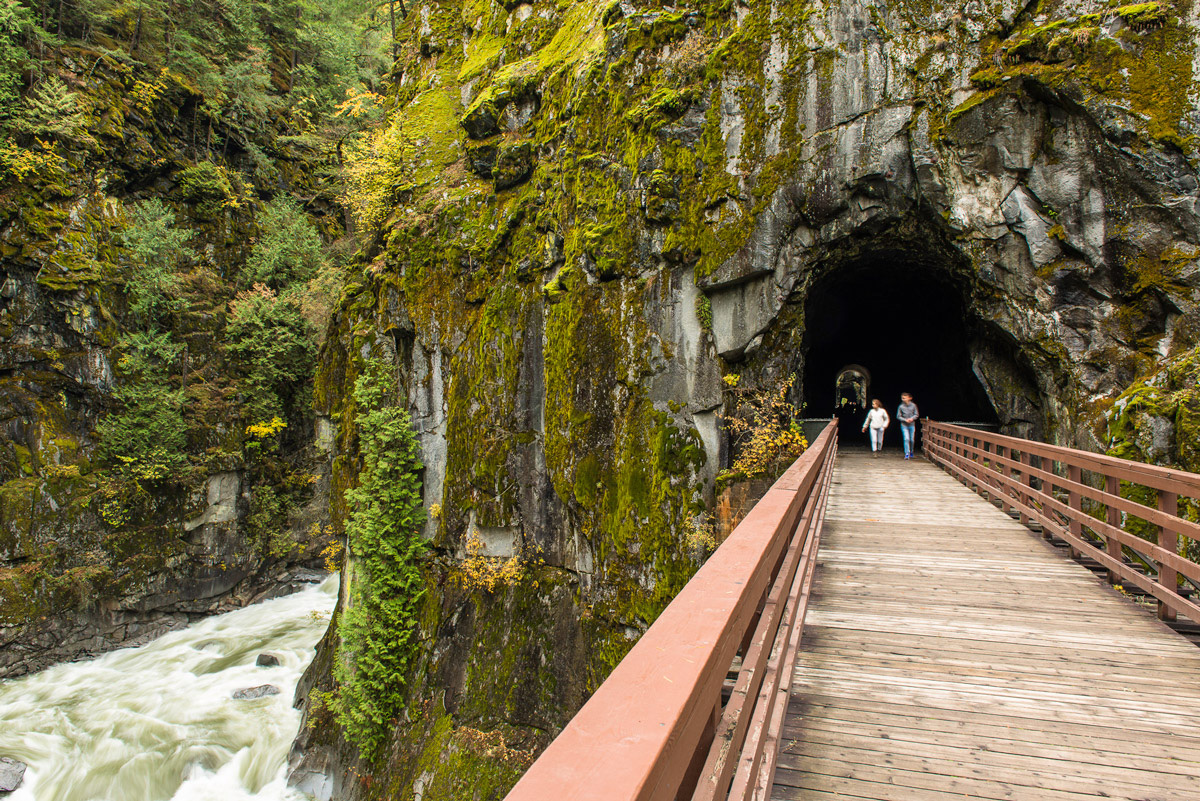
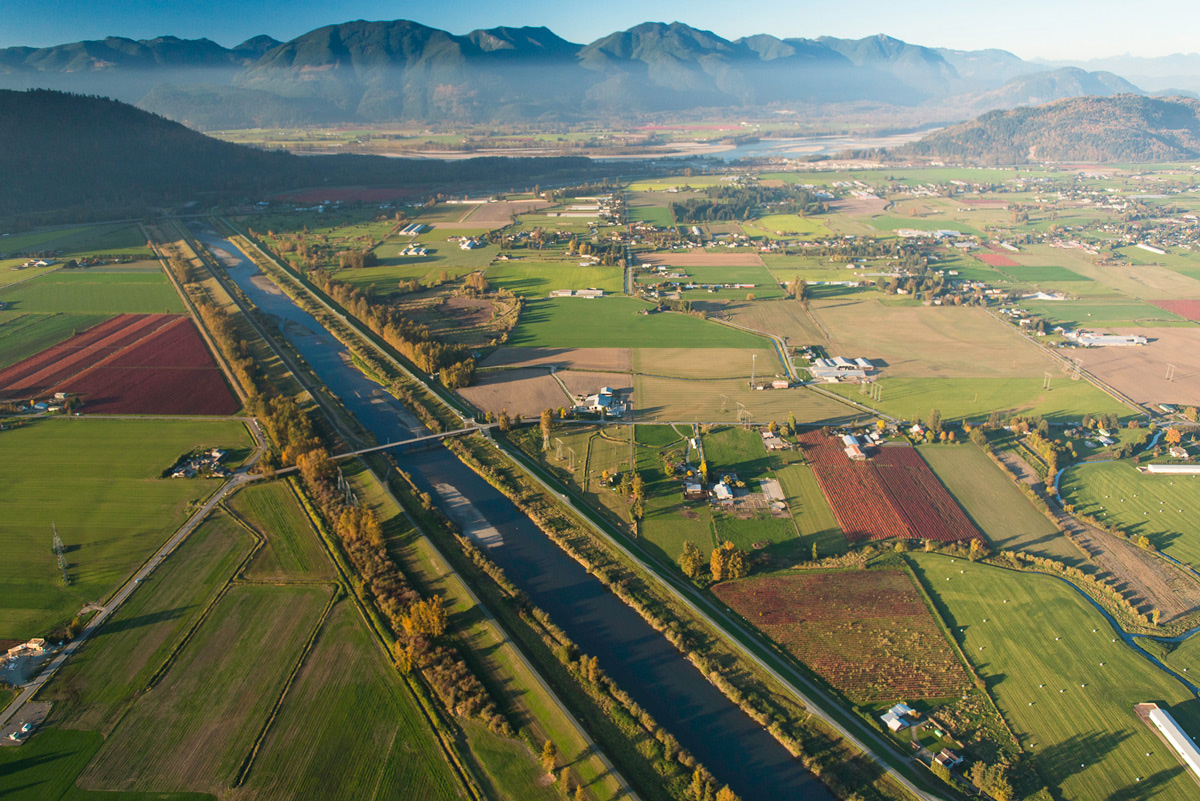
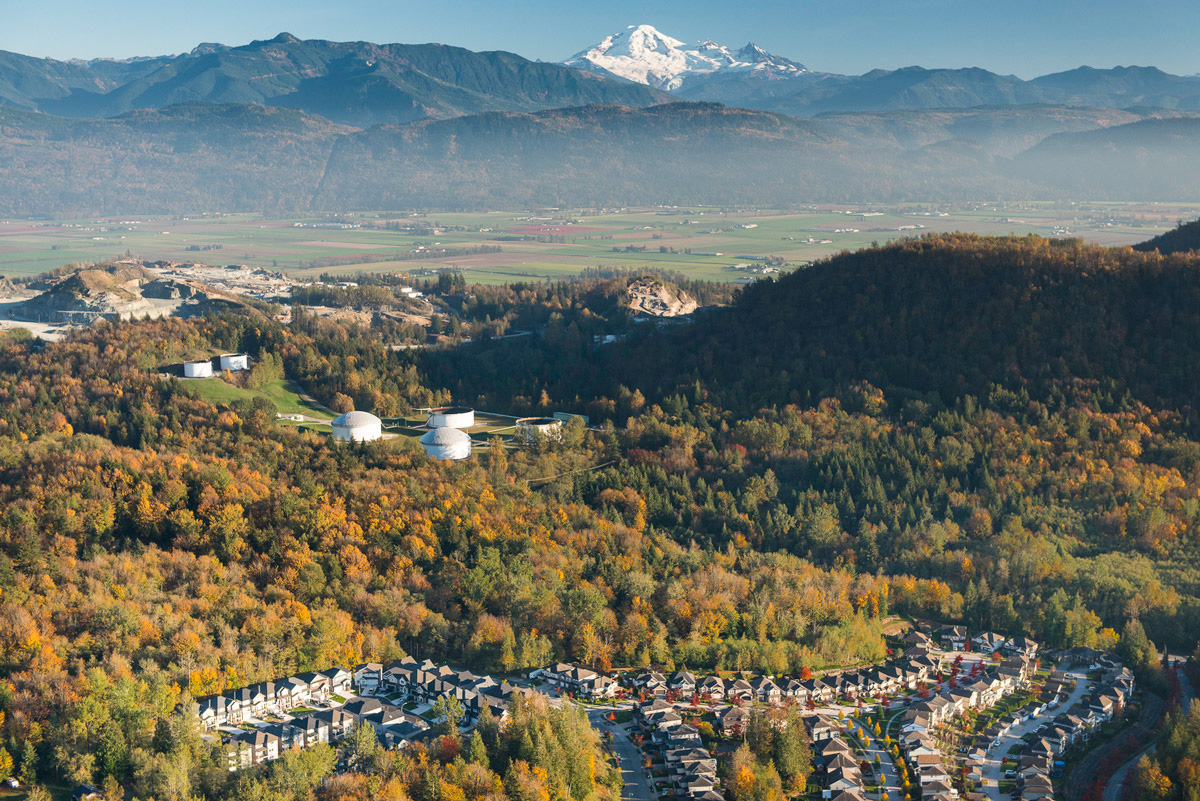
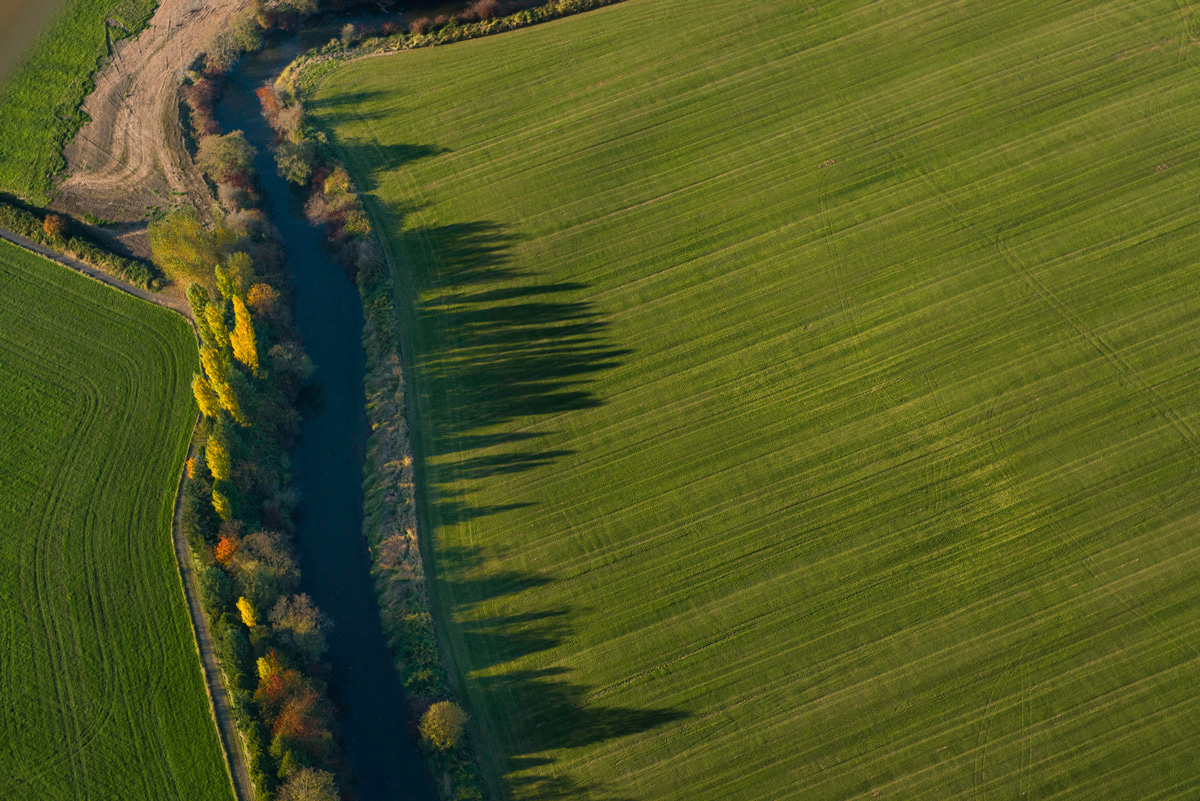
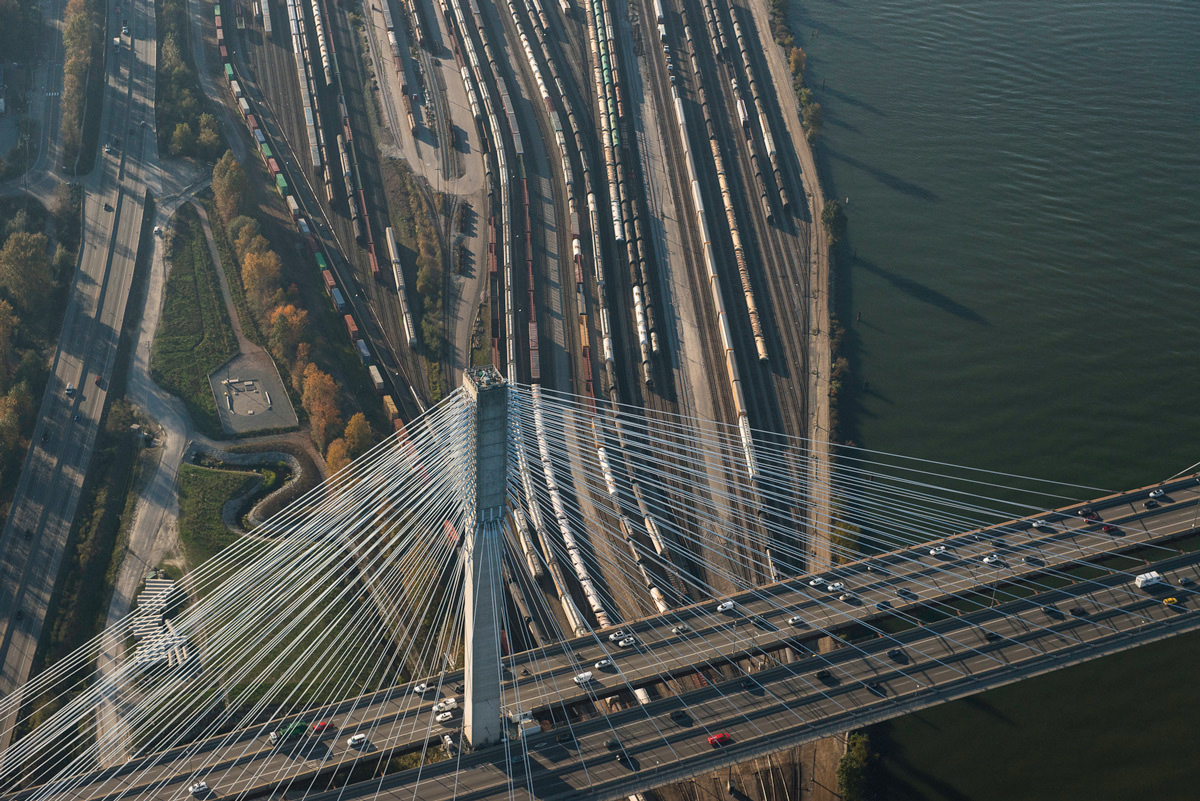
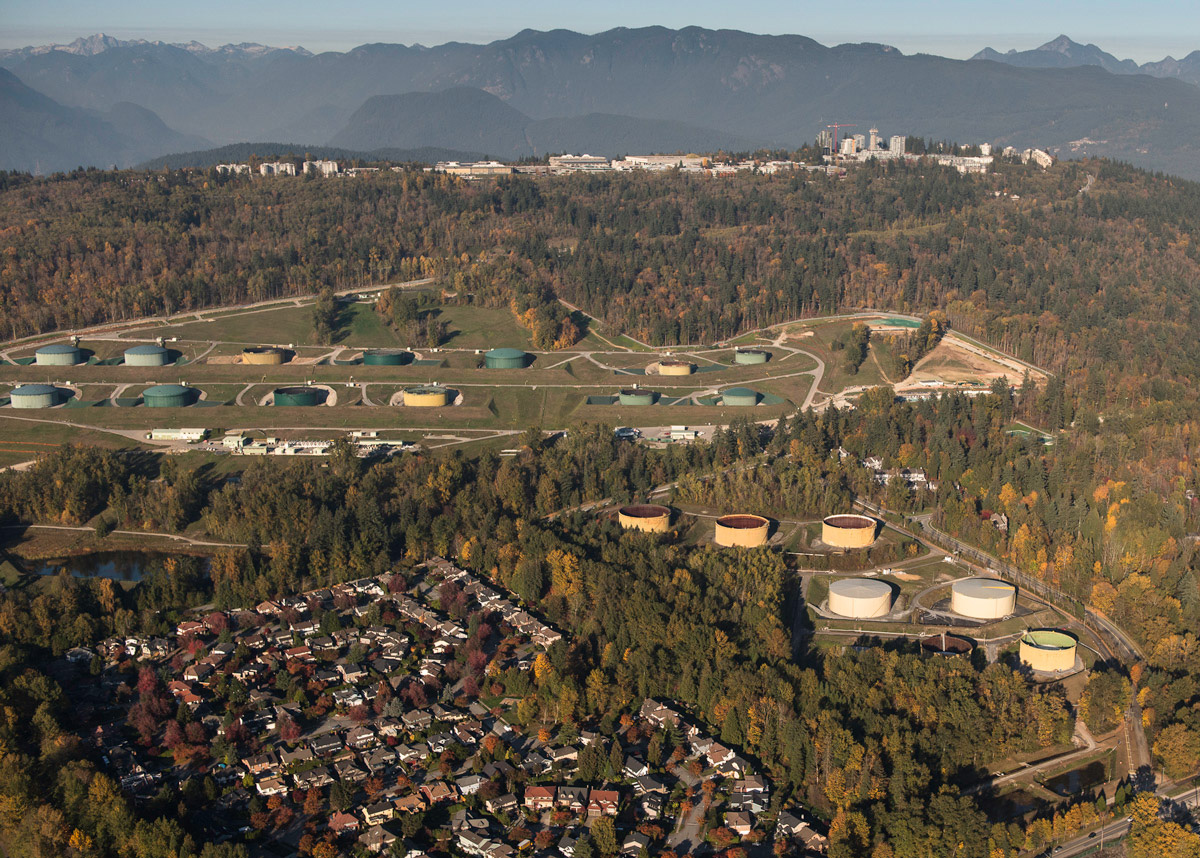
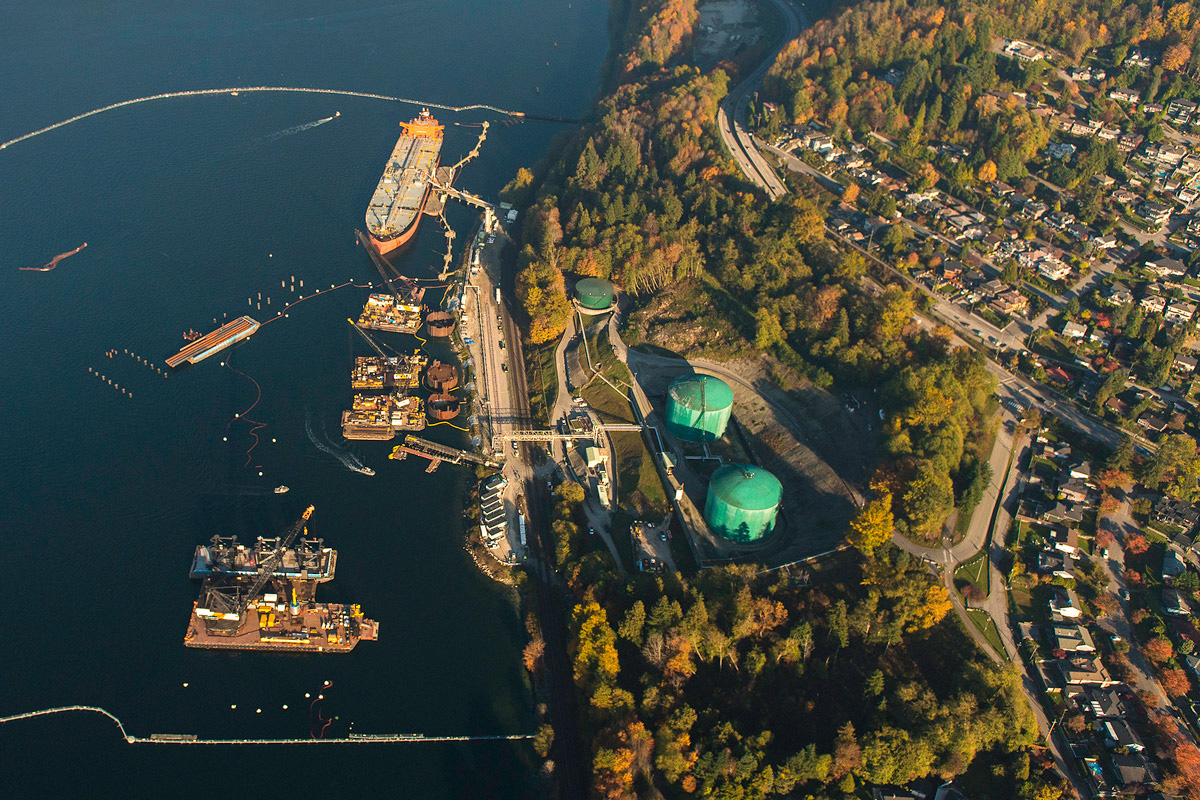
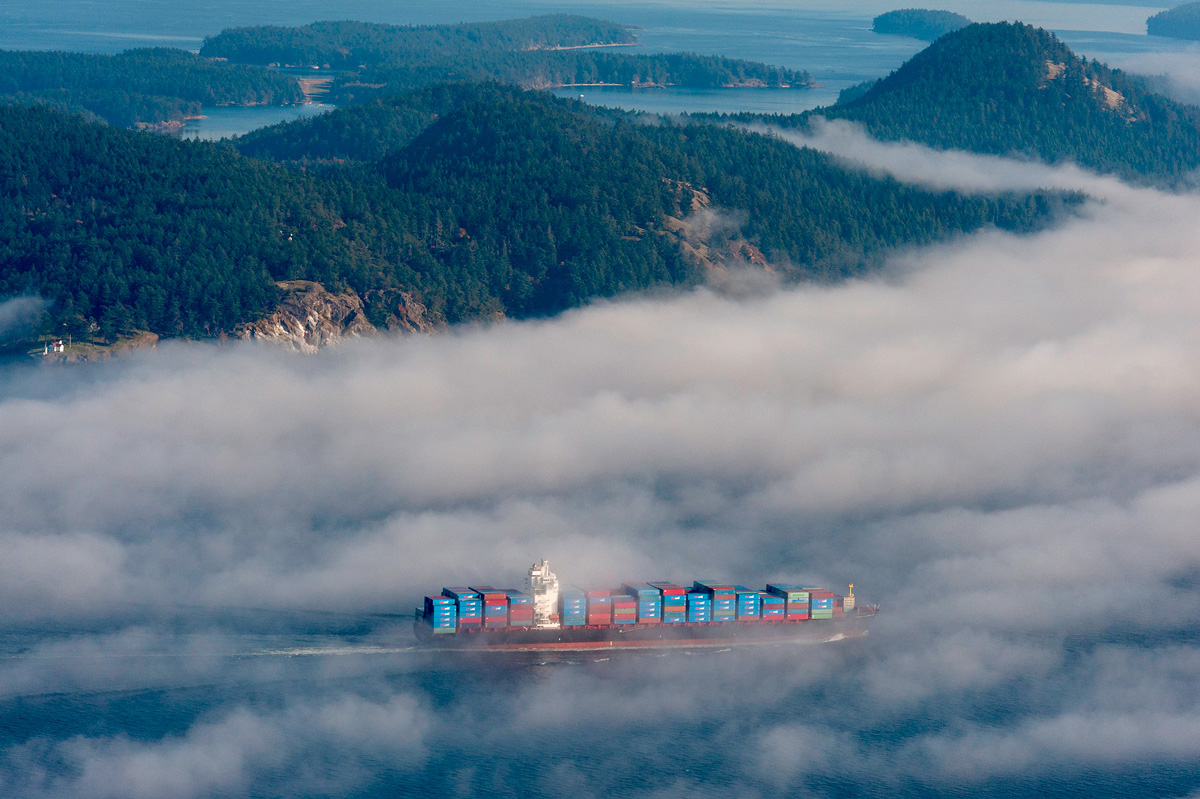
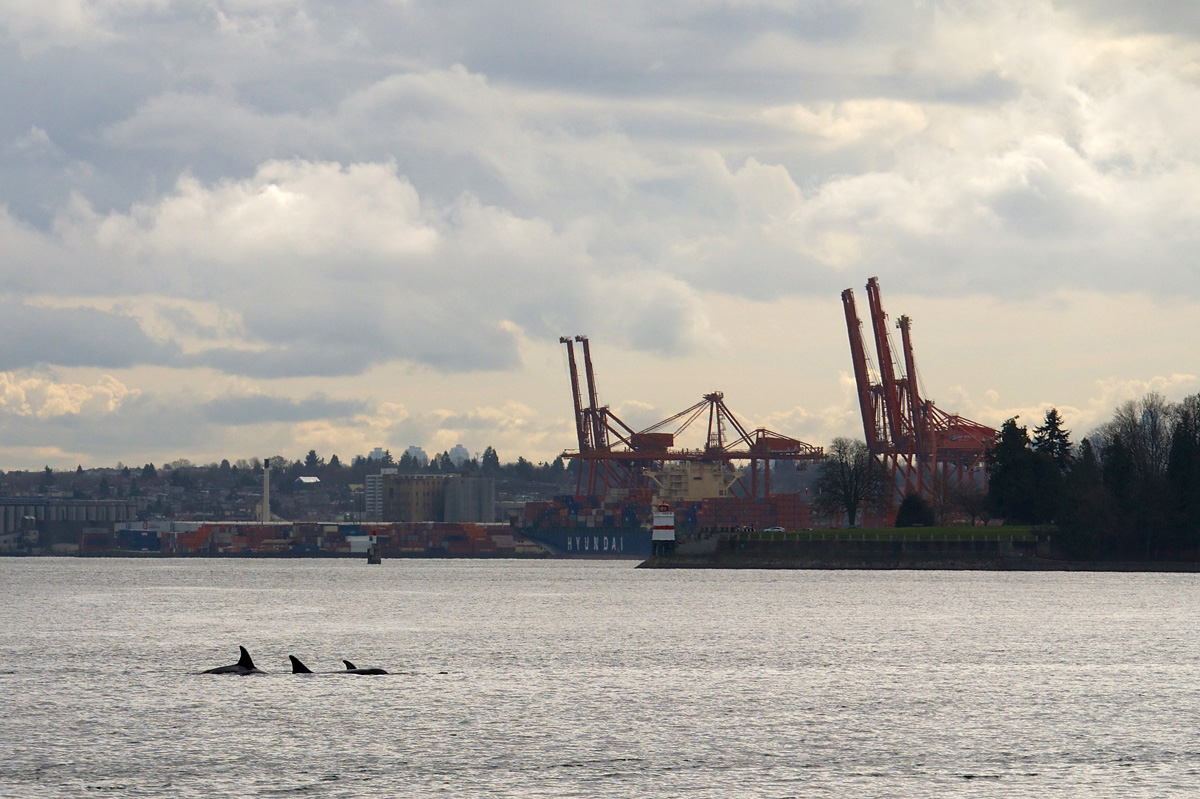
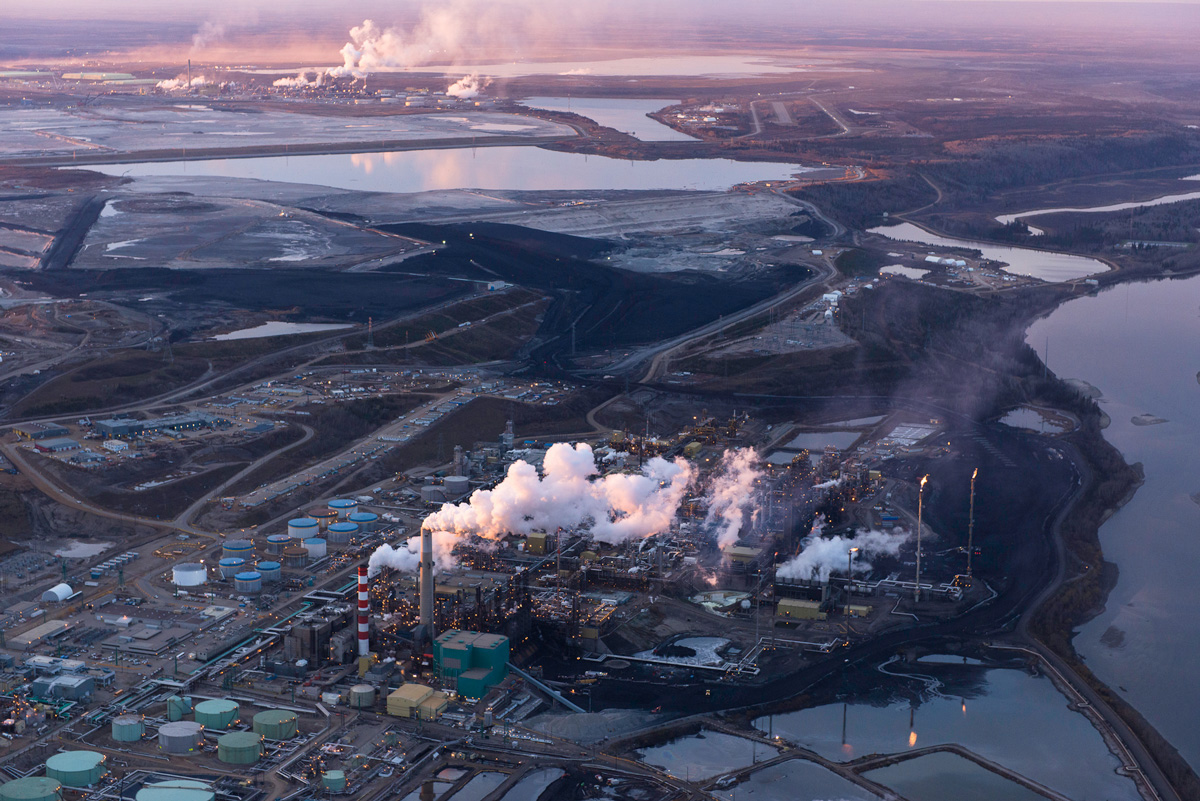
Reassessment of Need for the Trans Mountain Pipeline Expansion Project: Production forecasts, economics and environmental considerations by David Hughes is available for download here.
This story is republished with permission from photographer Garth Lenz and the B.C. office of the Canadian Centre for Policy Alternatives, which first published it on its site Policy Note.
*Story updated on Nov. 18 at 11 a.m. to correct information about the Trans Mountain pipeline expansion's crossing of the Chilliwack/Vedder River. ![]()
Read more: Energy, Environment


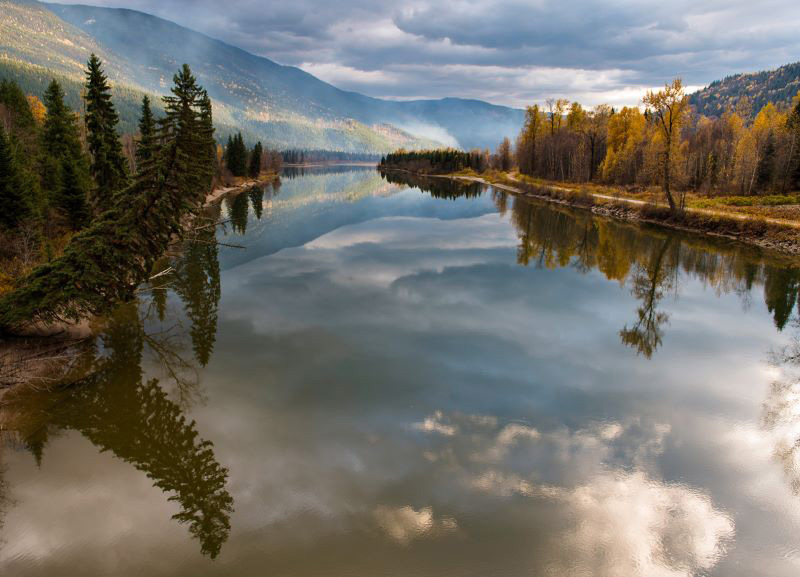












Tyee Commenting Guidelines
Comments that violate guidelines risk being deleted, and violations may result in a temporary or permanent user ban. Maintain the spirit of good conversation to stay in the discussion.
*Please note The Tyee is not a forum for spreading misinformation about COVID-19, denying its existence or minimizing its risk to public health.
Do:
Do not: